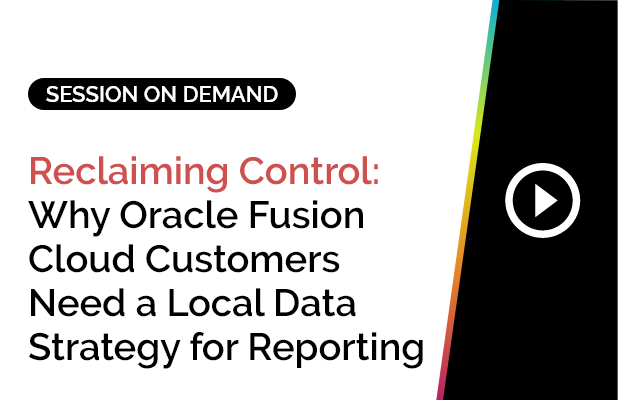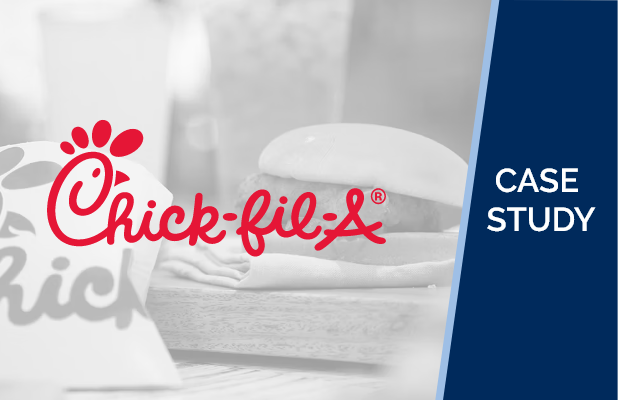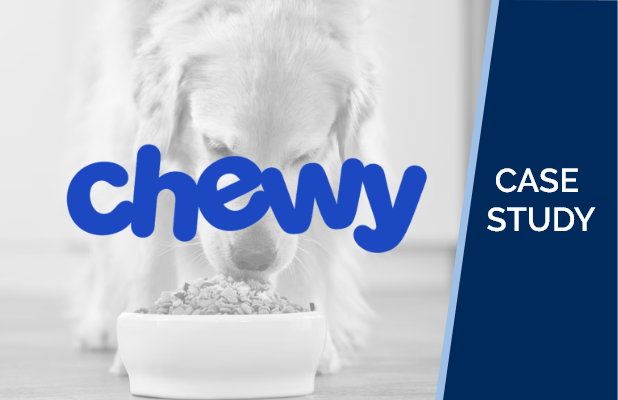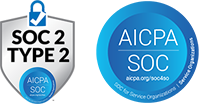Why Standard Hierarchies Aren’t Enough?
Finance leaders know that numbers never tell the full story unless they can be viewed from different angles. A CFO may want to analyze by geography to compare the performance of different regions. FP&A may need visibility into product lines to track profitability and forecast growth. Auditors may demand detailed account-level drill downs to ensure compliance and traceability.
The problem is that most ERP systems, including Oracle, are designed with standard hierarchies that are rigid and inflexible. They force finance teams into one-size-fits-all structures that often do not match the realities of how the business operates.
When finance needs to slice data differently or present reports for different stakeholders, the typical workaround is cumbersome. Teams are left with three less-than-ideal options:- Manual Excel mapping during every close cycle: This process is repetitive, error-prone, and eats up valuable time.
- Complex IT-heavy workarounds: Requests are routed through IT, which creates delays and limits the agility of finance teams.
- Full account-based restructuring: In some cases, companies attempt to restructure their entire chart of accounts, a costly and disruptive process.
What Are Custom Hierarchies in GLConnect?
Custom Hierarchies give finance teams the power to design reporting structures that align with the way their business actually runs. Instead of relying on the rigid hierarchy baked into the ERP, GLConnect allows users to create alternate hierarchies directly in Excel while still tying back to Oracle GL data.This flexibility means that finance no longer has to force business reality into ERP limitations. Instead, they can design reporting views that reflect the unique structure of their organization, whether that is based on geography, product lines, business units, or a combination of factors.
GLConnect currently supports hierarchies of up to 7 levels, with plans to expand to 15. That kind of scalability allows for both simple and highly complex reporting needs.
Most importantly, the process is entirely finance-owned. No IT intervention is required, and there is no need for manual remapping in Excel. Finance professionals can create, edit, and maintain their hierarchies on demand.
Why Custom Hierarchies Matter to Finance Teams
- Tailored Reporting Structures: Accounting teams can align reports with internal needs, whether by business unit, product line, or geography. Reports are more relevant and actionable for leadership.
- Improved Drill-Down and Roll-Up: Finance can move seamlessly from a consolidated level (such as total expenses) to granular detail (such as Marketing → Digital Ads → Facebook). This makes it easier to investigate variances, track anomalies, or identify trends.
- Segment-Based Analysis: By organizing accounts around meaningful segments such as cost centers, departments, or legal entities, finance can deliver insights that align with how decisions are made.
- Alignment with Business Needs: Custom hierarchies reflect the actual operations of the business, not just the accounting structure. This ensures reports resonate with non-financial stakeholders and support cross-department collaboration.
- Faster Financial Close: By eliminating the need for manual adjustments, Custom Hierarchies allow finance teams to generate accurate reports more quickly during month-end or quarter-end closes. This is especially critical when deadlines are tight and executive teams are waiting on results.
- Audit and Compliance Readiness: Consistency in how data is categorized ensures audit trails remain intact and compliance requirements are met. Finance leaders can provide auditors with confidence that reports are both accurate and reliable.
- Scenario-Based Reporting: Teams can create alternate hierarchies for statutory vs. management reporting, enabling side-by-side comparisons without duplicating data or altering ERP structures.
Real-World Example: Custom Hierarchies in Action
Consider a leading financial services company that faced a complex reporting challenge. They were required to prepare financial reports in two entirely different formats, each serving a different regulatory and management purpose. Their standard ERP hierarchies could not support this requirement. The finance team initially tried manual Excel mapping, but the process was slow, inconsistent, and risky. Errors crept in, deadlines were missed, and stakeholder confidence eroded.By implementing GLConnect’s Custom Hierarchies, the team was able to create an 11-level custom hierarchy directly in GLConnect. This gave them the ability to generate both reporting formats quickly and reliably, with full traceability back to Oracle GL.
The transformation was significant:
- Reporting cycles were shortened because manual remapping was eliminated.
- Accuracy improved since reports were tied directly to ERP data.
- Stakeholder confidence increased because finance could deliver consistent and timely reports across multiple formats.
This example highlights how Custom Hierarchies do more than streamline reporting. They empower finance teams to operate with agility, precision, and control in ways that were previously unachievable with rigid ERP structures.
The Future of Financial Reporting with Custom Hierarchies
The business environment is constantly changing. Companies expand into new regions, reorganize business units, or adapt to new regulatory standards. Finance reporting needs to keep pace with these changes.
Traditional ERP systems simply cannot adapt quickly enough. Custom Hierarchies in GLConnect provide the flexibility finance needs to stay ahead.
With GLConnect:
- Finance owns reporting structures without relying on IT or external consultants.
- Teams can reshape hierarchies on demand, ensuring reporting keeps pace with business evolution.
- Reporting stays aligned with business strategy, making it easier for leaders to make decisions with confidence.
The future of financial reporting is not rigid or IT-driven. It is flexible, finance-first, and built for speed. Custom Hierarchies put finance in control of their reporting destiny.
Conclusion
GLConnect’s Custom Hierarchies deliver clarity, simplicity, and accuracy in financial reporting. They eliminate manual complexity, accelerate close cycles, and ensure reports reflect the way your business actually operates.
Instead of struggling with ERP rigidity, finance teams can finally align reporting structures with their organization’s needs, creating a single source of truth that is both powerful and easy to use.
Ready to tailor your reports to your business, not the other way around?

Prashanth Marri
Solutions Architect, SplashBI














